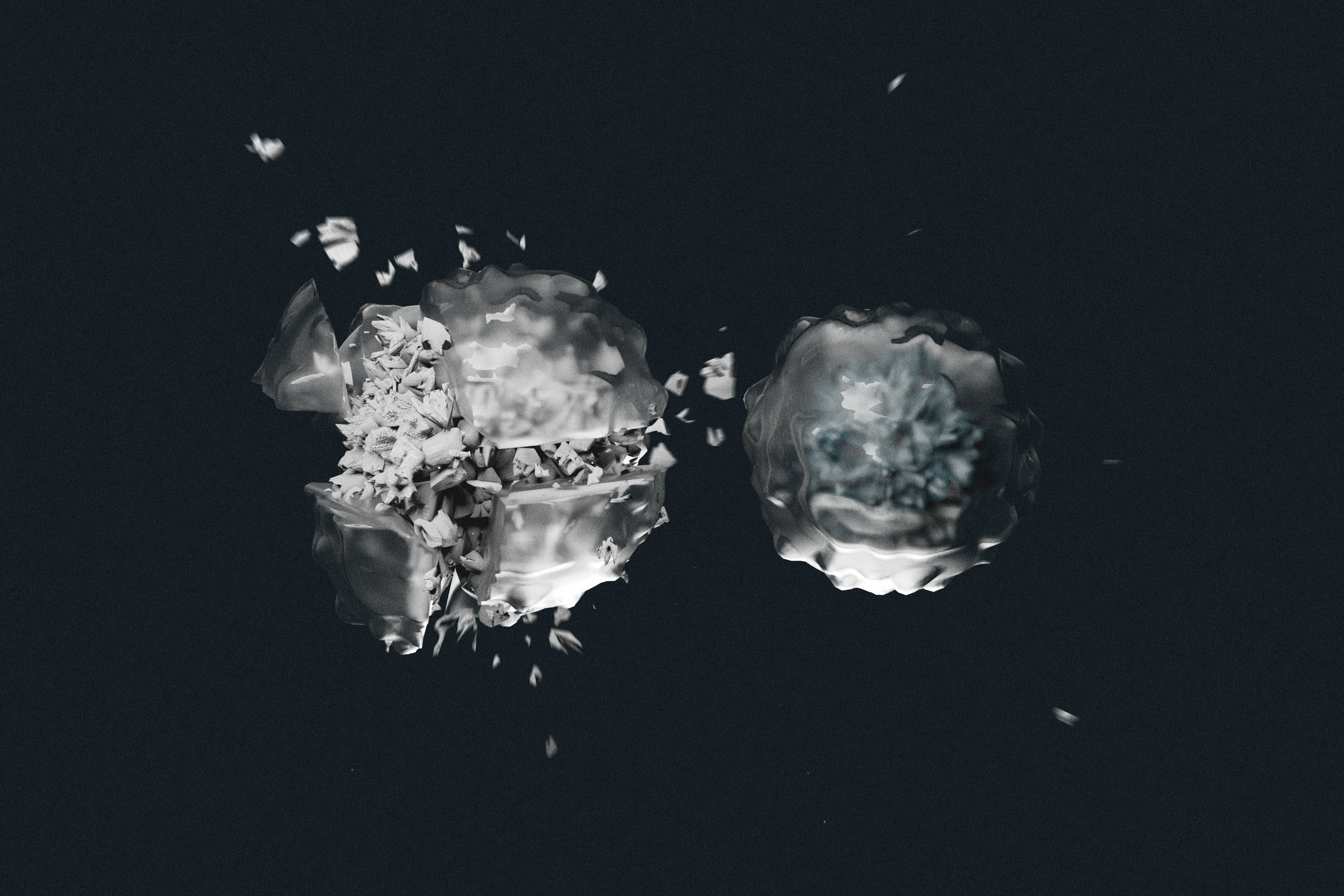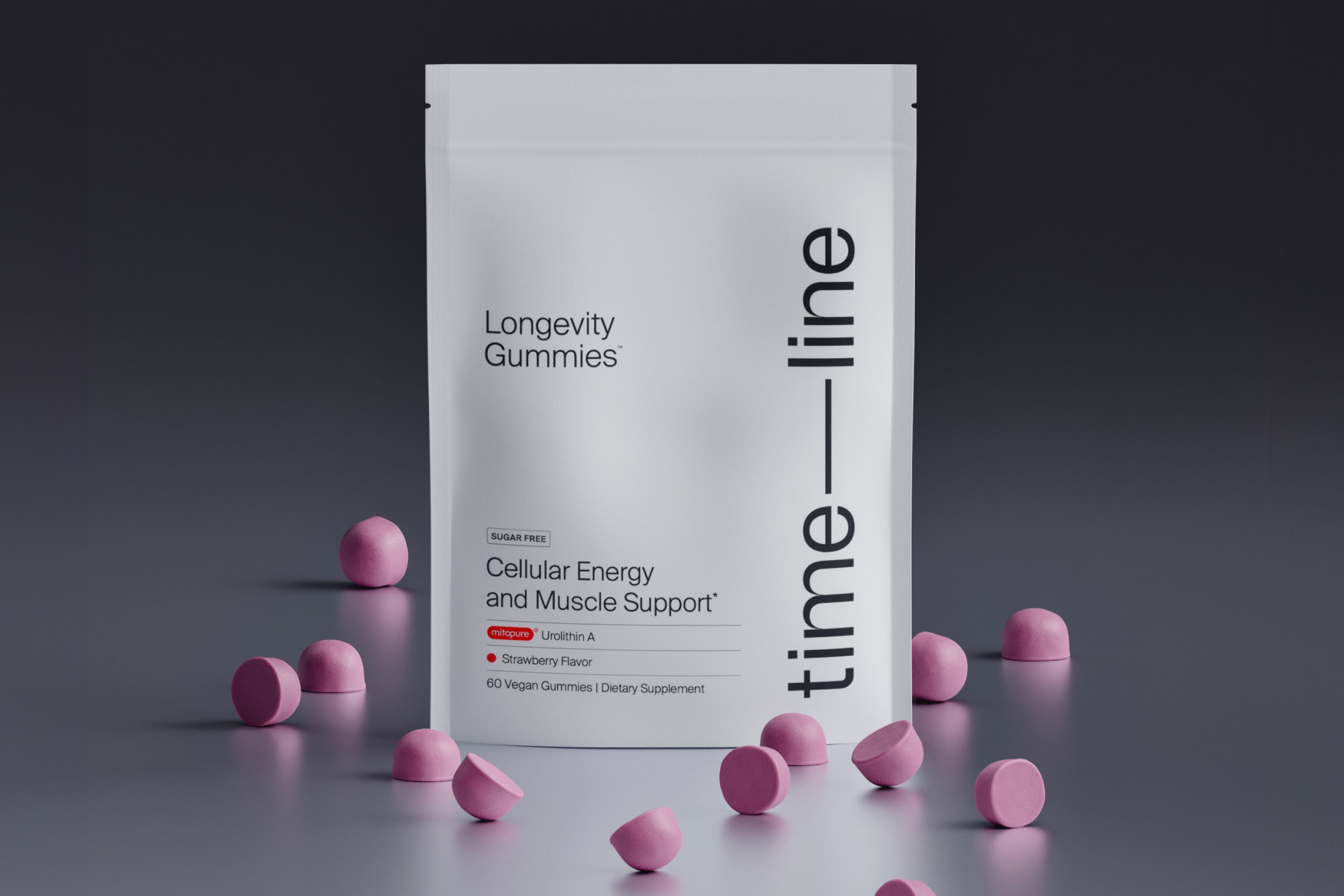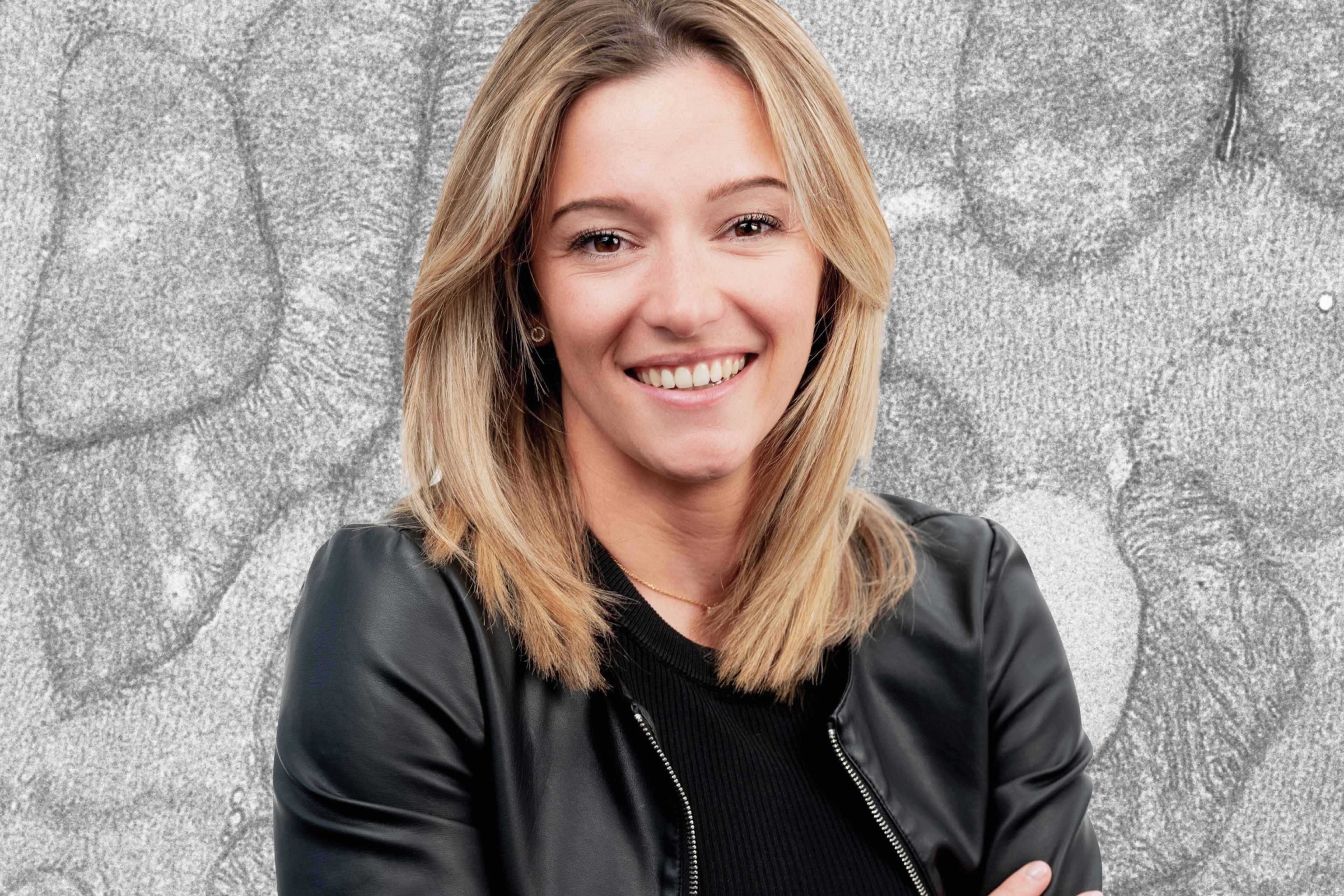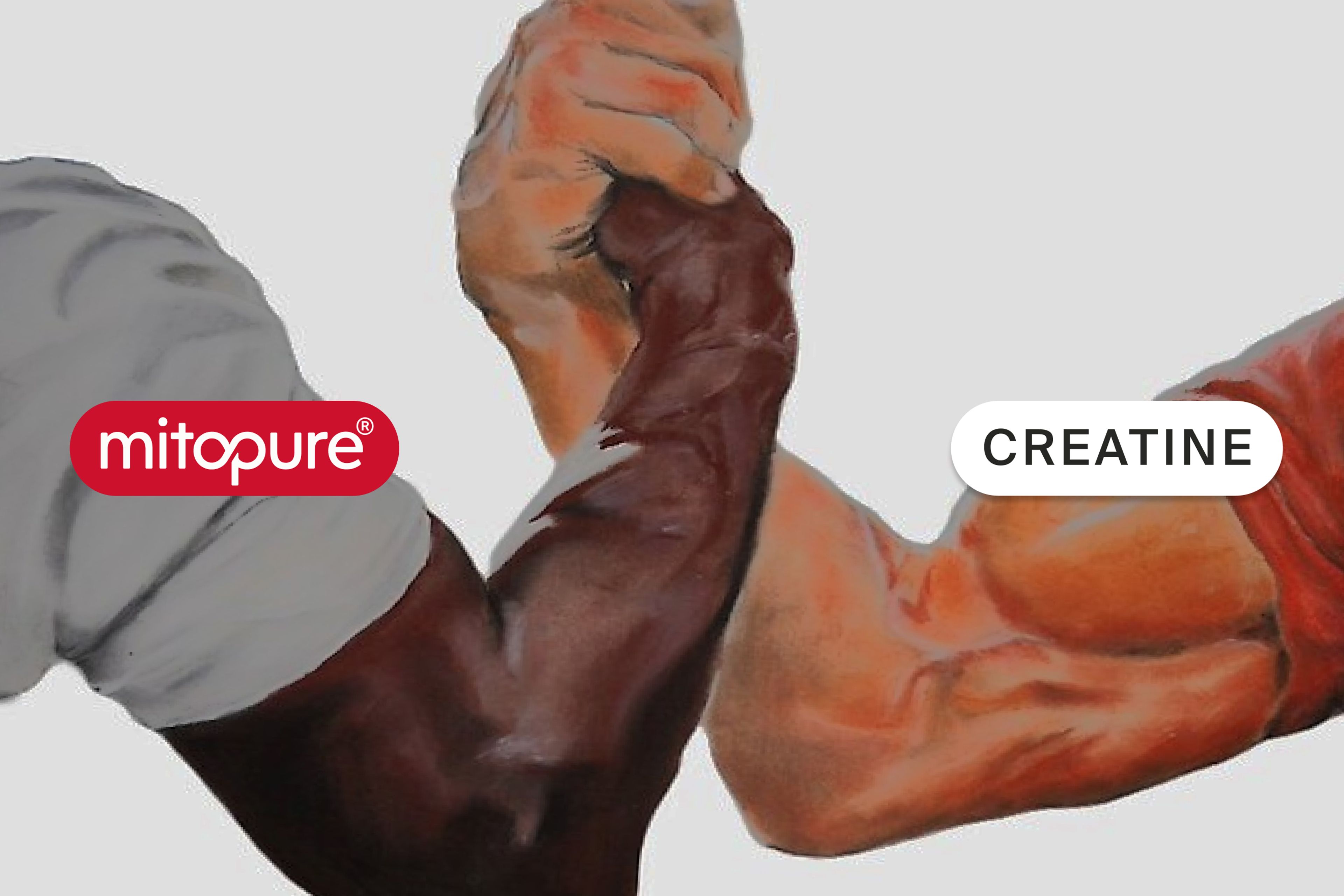Role of antioxidants, free radicals and cell health in aging
Wondering how antioxidants, free radicals and cellular health relate to healthy aging? Read on to understand how food and supplements play a role.

Antioxidants are compounds that counter the effects of free radicals in the body. Antioxidants can eliminate or neutralize free radicals and work to maintain the health of cells, which is of importance when it comes to healthy aging. These compounds may play a role in prevention of diseases that result from the damage free radicals may cause.
You may have heard something about antioxidants as compounds found in superfoods; this article will give you lots more information about what foods have them and how they work in the body to promote healthy aging.

Free radicals are atoms with unpaired electrons, antioxidants have an abundance of these and they prevent free radicals from damaging our cells by giving away their electrons.
What are free radicals?
Free radicals are formed with exposure to radiation, pollution in the environment, certain drugs, pesticides and other external sources. In addition, free radicals may also be internally generated and formed in response to normal processes that happen in the body, as well as exercise.[1] They are continuously produced with the normal use of oxygen in the body.[2]
There are benefits free radicals provide in the body. One of these benefits relates to the body’s defense system, as free radicals are involved in destroying pathogens to ward off disease.[3] Another beneficial function of free radicals is their role in cell functioning throughout the lifespan.[4]

However, free radicals may be bad for you in excess. If they build up in the body, they may damage cells and cause cell death. The buildup of free radicals may promote development of several chronic conditions, such as:
- Diabetes
- Atherosclerosis
- Stroke
- Cancer
- Alzheimer’s disease[5]
Antioxidants provide defense against disease that may be caused by free radicals and work to protect cells. They work in various ways, such as by reducing the energy of free radicals and suppressing their formation.[9]
How do free radicals damage cells
Free radicals can cause damage to different parts of cells, such as cell membranes, proteins and DNA.[10] They may also cause damage to mitochondria, the part of the cell responsible for generating energy. The damage free radicals cause is termed “oxidative stress.”
There are different types of free radicals. Those that contain oxygen are termed “reactive oxygen species” (ROS).[11] Others containing nitrogen are termed “reactive nitrogen species” (RNS).[12]
In terms of how to fight free radical damage, antioxidants play an important role. Antioxidants may work to neutralize free radicals in the body and prevent cell damage.
How do you reverse free radical damage?
Antioxidants are substances in food found in many different forms, such as vitamins and minerals, as well as polyphenols.[13] Examples of antioxidants are vitamins A, C, and E, the minerals selenium and manganese, as well as compounds such as flavonoids and phytoestrogens. There are also synthetic antioxidants, such as butylated hydroxyanisole (BHA) and butylated hydroxytoluene (BHT).[14]
In the body, antioxidants also protect cells from chemicals that may harm them, such as free radicals. Due to this, antioxidants may play a role in disease prevention.
More specifically, antioxidants may work to stabilize free radicals by donating an electron to ROS, essentially “switching them off.”[15] They may also work to destroy free radicals.[16] Consuming enough antioxidants in foods may play an important role in preventing free radical damage.[17]
Best foods to eliminate free radicals
Antioxidants are found in a wide variety of plant-source foods in all parts of plants, including leaves, roots, flours, and barks.[18] A study performed in 2010 focused on determining the antioxidant content of foods and supplements used worldwide found that spices and herbs were among the most antioxidant-rich foods, and berries, fruits, nuts, chocolate, vegetables also have high content.[19]

With regards to spices and herbs, there is wide variation in terms of antioxidant content. (1.) Cloves have been found to be particularly rich in antioxidants, along with:
2. Peppermint
3. Allspice
4. Cinnamon
5. Oregano
6. Thyme
7. Sage
8. Rosemary
9. Saffron
10. Estragon[20]
Spices and herbs have been identified as among the most antioxidant-rich products when compared to other items.

Both fruits and vegetables are groups that are rich sources of antioxidants, and some are particularly high in these compounds. Examples of fruits that are high in antioxidants, in particular a type of antioxidants called anthocyanins, include:
- Blueberries
- Blackberries
- Raspberries
- Strawberries
Examples of commonly eaten vegetables rich in antioxidants include onion and spinach.
Nuts and seeds also contain a number of different types of antioxidants working to prevent free radical damage. Antioxidant content varies widely according to the food in question. Examples of antioxidant-containing nuts and seeds are flaxseed, walnuts, pecans and almonds.
Flours from different types of grains are another example of foods that contain antioxidants. Whole grain flours made from wheat or rye have different types. Buckwheat, millet and barley flours have been found to be particularly rich in antioxidants.[21]
Foods such as chocolate, from milk chocolate to dark chocolate and baking cocoa, also contain antioxidants. Antioxidant content increases with increasing content of cocoa in the chocolate product. White chocolate is relatively poor in antioxidants compared to dark chocolate.[22]
What vitamins help fight free radicals?
Several vitamins function as antioxidants and help fight free radicals. Vitamins A, C, and E are examples of antioxidants that are found in food and may also be taken in supplement form.
Vitamin A results from the breakdown of β-carotene, which is found in many plant-source foods such as brightly-colored fruits and vegetables. Examples of foods containing β-carotene are black-eyed peas, spinach, bok choy, kale, carrots and sweet potato. Carotenoids, which also include lycopene, lutein, and zeaxanthin, may serve as antioxidants by terminating free radical attacks by binding to them.[23]
Vitamin C, or ascorbic acid, is found in large amounts in many plant-source foods. It is considered a powerful and non-toxic antioxidant found naturally in foods.[24] Ascorbic acid is able to stop the activity of free radicals by transferring a single electron.[25]
Vitamin E is the name used to refer to tocopherols, which are a class of compounds. These are found in lots of different foods, including green leafy vegetables and fatty foods such as vegetable oils, seeds, nuts, and egg yolk. The tocopherols have antioxidant properties that help protect cells from damage of free radicals.[26]
Can you repair your cells?
Cellular health is key to healthy aging. One theory states that human aging is the result of aging cells, in which more and more cells are irreversibly damaged.[27] This dysfunction of the cells is associated with development of numerous chronic diseases.
There are several possible reasons for the accumulation of damaged cells with age. One possible reason is that the immune system declines with age. It is also possible that the damaged cells may promote the creation of others, or that the immune system cannot recognize such cells and thus cannot remove them.[28]
Considering the health of mitochondria, the powerhouse of the cell, is key when it comes to healthy aging. Mitochondria are not only involved in energy production, but also in creating building blocks for genetic material, cellular communication, and cell growth and death, among other functions. Steps you can take to keep mitochondria in shape include eating a healthy diet rich in vitamins and minerals and getting regular exercise.
Urolithin A, which is a compound made in the gut from polyphenols that are found in foods such as pomegranates, berries, and nuts, also plays an important role in cellular health. Urolithin A helps to remove damaged mitochondria to make way for newer, healthier ones. As only 40% of people are able to make enough of this, taking it in supplement form is a way to ensure you get enough. This compound is now available in a form that allows you to consume a level that makes a difference in terms of healthy aging, the supplement Mitopure™ Urolithin A.
Mitopure is a highly pure form of Urolithin A that supports cells’ ability to renew mitochondria during the aging process. This delivers much purer and stronger levels than diet alone. Research has shown that this may work to slow and even reverse the deterioration of the mitochondria with age.[29]
Verdict / Summary
Cellular health is a key consideration when it comes to healthy aging. Free radicals, which are both formed as part of the body’s processes and introduced from external sources, may cause damage to cells.
Antioxidants play an important role when it comes to countering the effect of free radicals and protecting cells from damage. These compounds are found widely in plant-source foods, and several vitamins function as antioxidants. Eating a healthy diet is one of the key ways to promote healthy aging.
When considering cellular health and particularly the health of the mitochondria, the powerhouse of the cell, Urolithin A is a compound of interest. Urolithin A plays a role when it comes to slowing and even reversing deterioration of the mitochondria, with implications for healthy aging.
Authors

Professor of Nutrition & Scientific Writer
References
- ↑
Lobo V, Patil A, Phatak A, Chandra N. Free radicals, antioxidants and functional foods: Impact on human health. Pharmacognosy reviews. 2010 Jul;4(8):118.
- ↑
Sharma GN, Gupta G, Sharma P. A comprehensive review of free radicals, antioxidants, and their relationship with human ailments. Critical Reviews™ in Eukaryotic Gene Expression. 2018;28(2).
- ↑
Pham-Huy LA, He H, Pham-Huy C. Free radicals, antioxidants in disease and health. International journal of biomedical science: IJBS. 2008 Jun;4(2):89.
- ↑
Shields HJ, Traa A, Van Raamsdonk JM. Beneficial and detrimental effects of reactive oxygen species on lifespan: A comprehensive review of comparative and experimental studies. Frontiers in Cell and Developmental Biology. 2021 Feb 11;9:181.
- ↑
Vatansever F, de Melo WC, Avci P, Vecchio D, Sadasivam M, Gupta A, Chandran R, Karimi M, Parizotto NA, Yin R, Tegos GP. Antimicrobial strategies centered around reactive oxygen species–bactericidal antibiotics, photodynamic therapy, and beyond. FEMS microbiology reviews. 2013 Nov 1;37(6):955-89.
- ↑
Vatansever F, de Melo WC, Avci P, Vecchio D, Sadasivam M, Gupta A, Chandran R, Karimi M, Parizotto NA, Yin R, Tegos GP. Antimicrobial strategies centered around reactive oxygen species–bactericidal antibiotics, photodynamic therapy, and beyond. FEMS microbiology reviews. 2013 Nov 1;37(6):955-89.
- ↑
Vatansever F, de Melo WC, Avci P, Vecchio D, Sadasivam M, Gupta A, Chandran R, Karimi M, Parizotto NA, Yin R, Tegos GP. Antimicrobial strategies centered around reactive oxygen species–bactericidal antibiotics, photodynamic therapy, and beyond. FEMS microbiology reviews. 2013 Nov 1;37(6):955-89.
- ↑
Vatansever F, de Melo WC, Avci P, Vecchio D, Sadasivam M, Gupta A, Chandran R, Karimi M, Parizotto NA, Yin R, Tegos GP. Antimicrobial strategies centered around reactive oxygen species–bactericidal antibiotics, photodynamic therapy, and beyond. FEMS microbiology reviews. 2013 Nov 1;37(6):955-89.
- ↑
Sharma GN, Gupta G, Sharma P. A comprehensive review of free radicals, antioxidants, and their relationship with human ailments. Critical Reviews™ in Eukaryotic Gene Expression. 2018;28(2).
- ↑
Sharma GN, Gupta G, Sharma P. A comprehensive review of free radicals, antioxidants, and their relationship with human ailments. Critical Reviews™ in Eukaryotic Gene Expression. 2018;28(2).
- ↑
Weiss SJ, King GW, LoBuglio AF. Evidence for hydroxyl radical generation by human Monocytes. The Journal of Clinical Investigation. 1977 Aug 1;60(2):370-3.
- ↑
Thomas SR, Mohr D, Stocker R. Nitric oxide inhibits indoleamine 2, 3-dioxygenase activity in interferon-gamma primed mononuclear phagocytes. Journal of Biological Chemistry. 1994 May 20;269(20):14457-64.
- ↑
National Center for Complementary and Integrative Health (NCCIH). Antioxidants: In Depth. https://nccih.nih.gov/health/antioxidants/introduction.htm Accessed 5/17/22.
- ↑
Gulcin İ. Antioxidants and antioxidant methods: An updated overview. Archives of toxicology. 2020 Mar;94(3):651-715.
- ↑
Zeb A. Concept, mechanism, and applications of phenolic antioxidants in foods. Journal of Food Biochemistry. 2020 Sep;44(9):e13394.
- ↑
Pham-Huy LA, He H, Pham-Huy C. Free radicals, antioxidants in disease and health. International journal of biomedical science: IJBS. 2008 Jun;4(2):89.
- ↑
Gulcin İ. Antioxidants and antioxidant methods: An updated overview. Archives of toxicology. 2020 Mar;94(3):651-715.
- ↑
Gulcin İ. Antioxidants and antioxidant methods: An updated overview. Archives of toxicology. 2020 Mar;94(3):651-715.
- ↑
Carlsen MH, Halvorsen BL, Holte K, Bøhn SK, Dragland S, Sampson L, Willey C, Senoo H, Umezono Y, Sanada C, Barikmo I. The total antioxidant content of more than 3100 foods, beverages, spices, herbs and supplements used worldwide. Nutrition journal. 2010 Dec;9(1):1-1.
- ↑
Carlsen MH, Halvorsen BL, Holte K, Bøhn SK, Dragland S, Sampson L, Willey C, Senoo H, Umezono Y, Sanada C, Barikmo I. The total antioxidant content of more than 3100 foods, beverages, spices, herbs and supplements used worldwide. Nutrition journal. 2010 Dec;9(1):1-1.
- ↑
Carlsen MH, Halvorsen BL, Holte K, Bøhn SK, Dragland S, Sampson L, Willey C, Senoo H, Umezono Y, Sanada C, Barikmo I. The total antioxidant content of more than 3100 foods, beverages, spices, herbs and supplements used worldwide. Nutrition journal. 2010 Dec;9(1):1-1.
- ↑
Carlsen MH, Halvorsen BL, Holte K, Bøhn SK, Dragland S, Sampson L, Willey C, Senoo H, Umezono Y, Sanada C, Barikmo I. The total antioxidant content of more than 3100 foods, beverages, spices, herbs and supplements used worldwide. Nutrition journal. 2010 Dec;9(1):1-1.
- ↑
Paiva SA, Russell RM. β-carotene and other carotenoids as antioxidants. Journal of the American college of nutrition. 1999 Oct 1;18(5):426-33.
- ↑
Weber P, Bendich A, Schalch W. Vitamin C and human health--a review of recent data relevant to human requirements. International journal for vitamin and nutrition research. Internationale Zeitschrift fur Vitamin-und Ernahrungsforschung. Journal international de vitaminologie et de nutrition. 1996 Jan 1;66(1):19-30.
- ↑
Gulcin İ. Antioxidants and antioxidant methods: An updated overview. Archives of toxicology. 2020 Mar;94(3):651-715.
- ↑
Gulcin İ. Antioxidants and antioxidant methods: An updated overview. Archives of toxicology. 2020 Mar;94(3):651-715.
- ↑
Kamal NS, Safuan S, Shamsuddin S, Foroozandeh P. Aging of the cells: Insight into cellular senescence and detection Methods. European journal of cell biology. 2020 Aug 1;99(6):151108.
- ↑
Kowald A, Passos JF, Kirkwood TB. On the evolution of cellular senescence. Aging cell. 2020 Dec;19(12):e13270.
- ↑
Liu S, D’Amico D, Shankland E, Bhayana S, Garcia JM, Aebischer P, Rinsch C, Singh A, Marcinek DJ. Effect of Urolithin A Supplementation on Muscle Endurance and Mitochondrial Health in Older Adults: A Randomized Clinical Trial. JAMA Network Open. 2022 Jan 4;5(1):e2144279-.

•
Nutrition•
First-of-Its-Kind Longevity Gummy Launched

•
Skincare•






